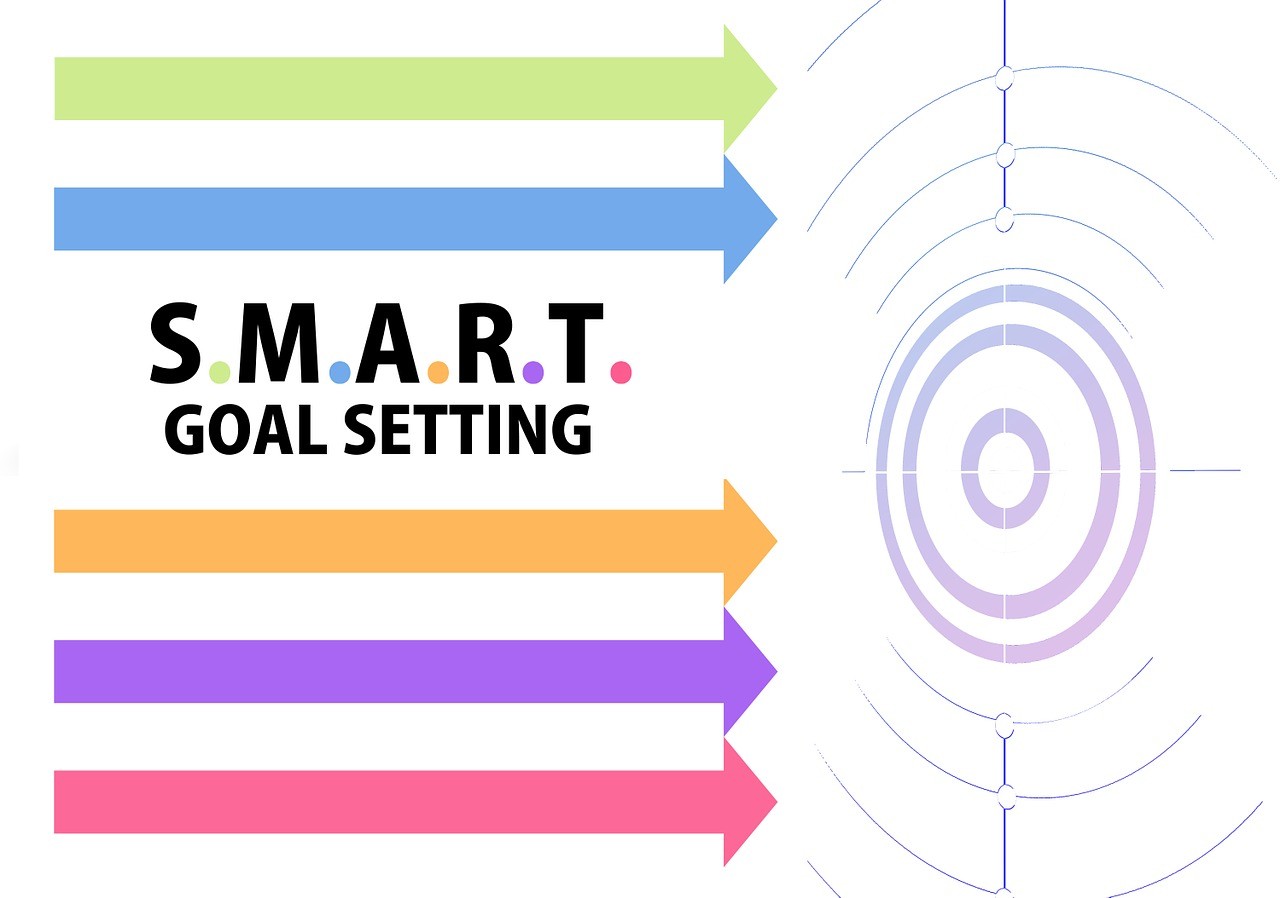In order for a project to be successful at any company or business, you require a lot of different things to go right. One of the most important factors in any successful project is project management. Without project management, many projects would fail as they would simply have no structure or order, and would become incredibly unorganized.
However, project managers work hard to ensure that projects go off without a hitch, and many of them do this by ensuring projects are following through the five phases of project management. These phases are incredibly important, but unless you with in project management, you might not be aware of what they are.
With that in mind, this article is going to look closer at the 5 phases of project management and what each entails and how important they are to the overall field of project management.
Conception and Initiation
The first phase of the project is of course when the idea for the project is conceptualized and defined at a very broad level. This phase will start with the team thinking and researching on if this project has a good chance of success or not. This phase is a lot about doing research and testing needs to take place before you spend anymore time and money on the project that might not actually be feasible at all.

Many people at the company, including important stakeholders, will need to collectively decide whether the project should continue or not. Once a green light has been given, you will create a PID (project initiation document), which will outline what you need and the purpose of the project.
Planning
The next phase in the process of project management is planning. This phase is all about developing a plan of attack that everyone will follow throughout the lifetime of the project. This first involves setting goals. When it comes to setting goals, there are two main methods, which are S.M.A.R.T and C.L.E.A.R. SMART goals are specific, measurable, attainable, realistic and timely. On the other hand, CLEAR goals (which is a newer method) are collaborative, limited, emotional, appreciable and refinable.

Once the goals have been defined using one of the above methods, this phase looks at identifying the costs involved with the project, a timetable for the project, and making sure that all materials and individuals needed for the project are ready. Establishing a baseline for the project is also necessary, and takes place within this phase, and everyone gets their roles and responsibilities defined so they know what to do throughout the project. The project manager will be in charge of defining a variety of other things such as charts, risk management plans, milestones and more.
Execution
Next up is when the plan is actually put into action. This is often see as the bulk of the “work” seems to go on in this phase. Meetings, development, updates, and performance reports all take place in this phase of the project management. There are a variety of different tasks that must be assigned, carried out and completed during the execution phase. A virtual whiteboard can work as a smart tool to share ideas, and ensure collaboration throughout the project execution.

It is incredibly important for all necessary team members to remain focused on what they have been assigned to do, as the project can stall if certain groups or team members are unable to execute correctly. It is the goal of team leaders and other project leads to ensure everything is taken care of as necessary.
As you can see, there are a lot of moving parts within this phase, but the main goal is to complete the project and deliver to the user, customer or employees. You should do everything you can to hit your target date for release or completition, but delaying it is understandable, especially if it isn’t complete. Missing your target date is bad, but releasing an unfinished project or cutting it short due to time constraints is worse.
Control and Monitoring
Once the project is complete or released, the job isn’t done. Far from it, in fact. You then need to be sure to monitor and measure the performance and success of the project. This commonly done by project managers using KPIs (which stands for key performance indicators) to see if the project is on the correct pathway or is lagging behind for some reason. The amount that a manager will use depends, and there is no right or wrong answer.

While this seems like it would be confusing and a lot of work, thankfully, there are many different tools and pieces of software that are able to help monitoring project management. These will allow you to easily and simple view and analyze different metrics, analytics and KPIs to track the success of your project. This phase is all about controlling the success of the project and making sure it is going smoothly, and the tools we mentioned make it simple to do so.
If you are interested in learning more about these tools and what they can offer you, be sure to check out application performance monitoring & alerting AppOptics.
Closure
Finally, we reach the phase of closure, which signifies a completed project. When a project is done, a meeting is often held (generally called a post mortem) which will help the team evaluate the overall project. What went well, what didn’t go to plan and things that they should do next time. Next, a formal report will need to be constructed on the success and viability of the project, as well as what the final budget was and other important information.
In conclusion, we hope this article has helped you to understand a little bit more about the various phases of project management. It is important to know these phases to understand just how much work the project managers at your office put in. While the who project management field can be overwhelming, it can become easier to understand when you break it down into the phases we mentioned earlier.
About the author:
Ashley is an award-winning writer who discovered her passion in providing creative solutions for building brands online. Since her first high school award in Creative Writing, she continues to deliver awesome content through various niches.












